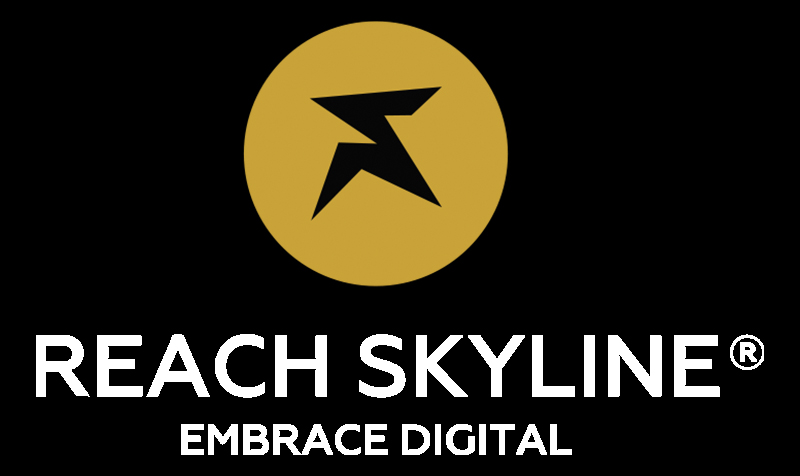Humanizing the Brand and Shifting Toward a More Relatable Corporate Identity
In today’s competitive business landscape, consumers expect more from the brands they interact with. Gone are the days when companies could simply rely on slick marketing tactics and product features to capture consumer attention. Now, the focus is shifting towards humanizing the brand and crafting a corporate identity that feels authentic, relatable, and aligned with the values of its audience. This transformation is not just a trend but a strategic move that is reshaping how companies connect with customers on a deeper level. The Shift Toward Relatability Authenticity Is Key One of the most important aspects of humanizing a brand is authenticity. In a world where consumers are constantly bombarded with advertisements and marketing campaigns, they can quickly spot when a brand is being disingenuous. Studies show that 90% of consumers believe authenticity is important when deciding which brands to support. Brands that genuinely embrace transparency, show vulnerability, and communicate in an honest tone tend to foster trust and loyalty. For example, brands like Patagonia and Ben & Jerry’s have successfully built their identities around transparency, activism, and sustainability. They don’t just sell products; they sell a message and a set of values that resonate deeply with their target audience. This commitment to authenticity helps humanize their brands and make them more approachable. A Branding and Creative Agency can help businesses achieve this level of authenticity by providing guidance on how to align brand values with customer expectations, ensuring that messaging remains transparent and trustworthy. Storytelling as a Tool for Connection The Role of Social Media in Building Relatable Brands Social media has played a significant role in the shift toward more relatable corporate identities. Platforms like Instagram, Twitter, and Facebook allow companies to engage with their audience in real time, providing an opportunity for direct, unfiltered communication. Through social media, brands can show their human side by sharing behind the scenes glimpses, engaging in conversations, and even responding to customer feedback in a personable way. For instance, brands like Wendy’s have gained attention for their witty, humorous Twitter presence, where they interact with customers in a playful and sometimes irreverent tone. This approach has humanized the brand and made it more relatable to younger audiences, while also showing that the company is willing to embrace humor and authenticity. However, it’s important to strike the right balance on social media. Brands that take a genuine, conversational approach are more likely to foster positive engagement. On the other hand, brands that come across as overly scripted or insincere may quickly lose credibility. According to a study, 64% of consumers expect brands to engage with them on social media, making it a critical channel for building a relatable corporate identity. Collaborating with a Branding and Creative Agency can help businesses navigate the intricacies of social media, ensuring that their messaging remains consistent, authentic, and engaging across all platforms. The Future of Humanized Brands As consumer expectations continue to evolve, the trend toward humanized brands will likely intensify. The rise of artificial intelligence and automation may be transforming customer service and operations, but it’s also fueling a need for brands to show more empathy and understanding in their interactions with customers. The companies that succeed will be those that can adapt their identities to be not just consumer centric but also human centric. By fostering transparency, embracing authentic storytelling, and engaging directly with customers on social media, businesses can create a corporate persona that feels more human and relatable. In the end, humanizing the brand is about creating a connection that goes beyond products and services. It’s about building a community of loyal customers who feel aligned with the values of the company, and who see the brand not just as a business, but as a partner in their journey. This shift toward relatability is no longer optional; it’s a vital element of success in the modern marketplace.












